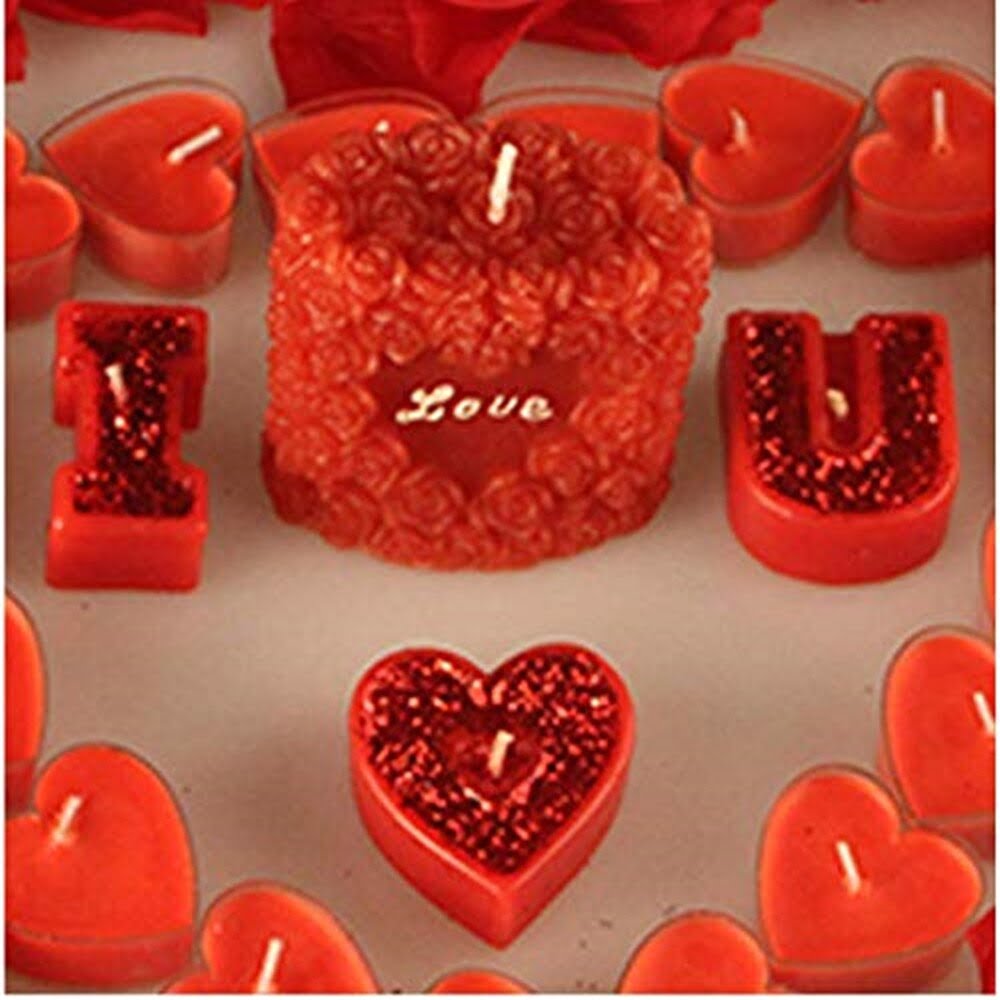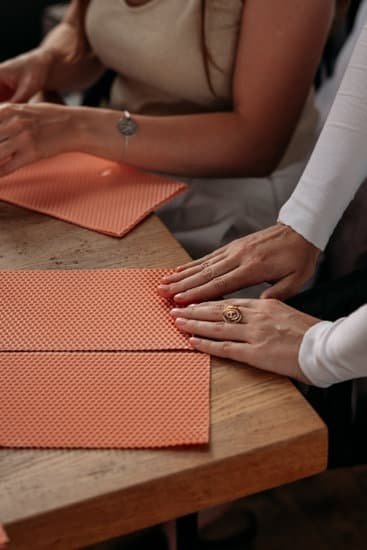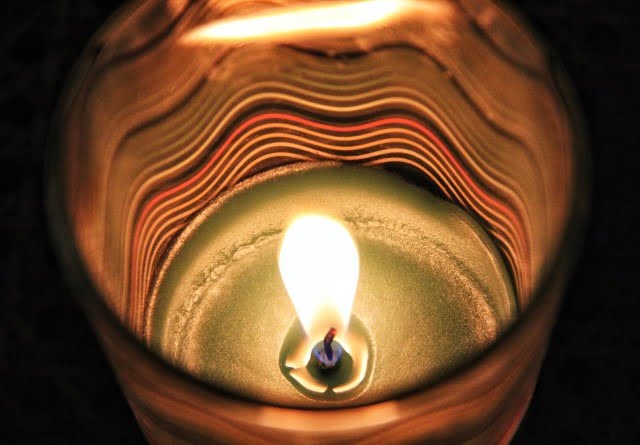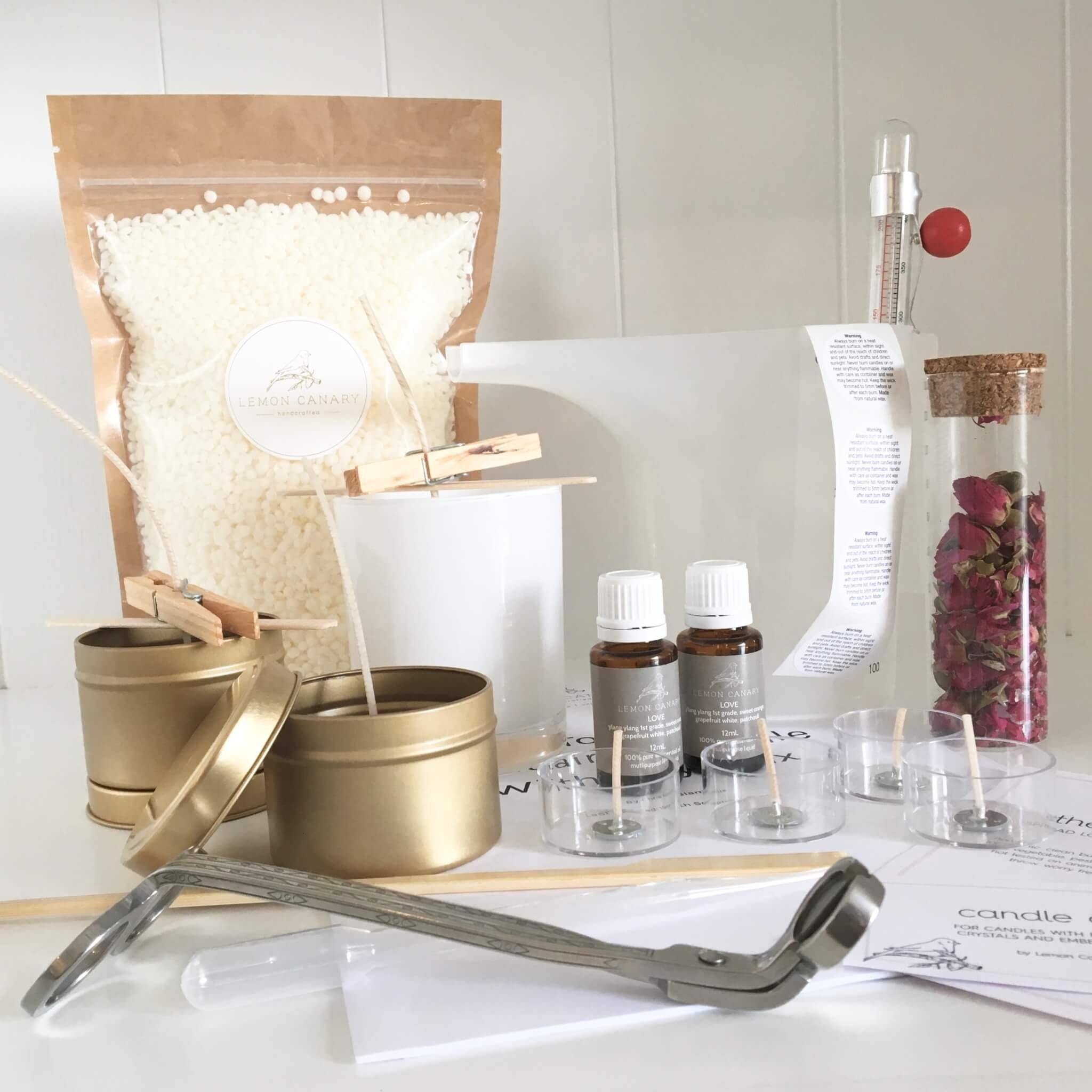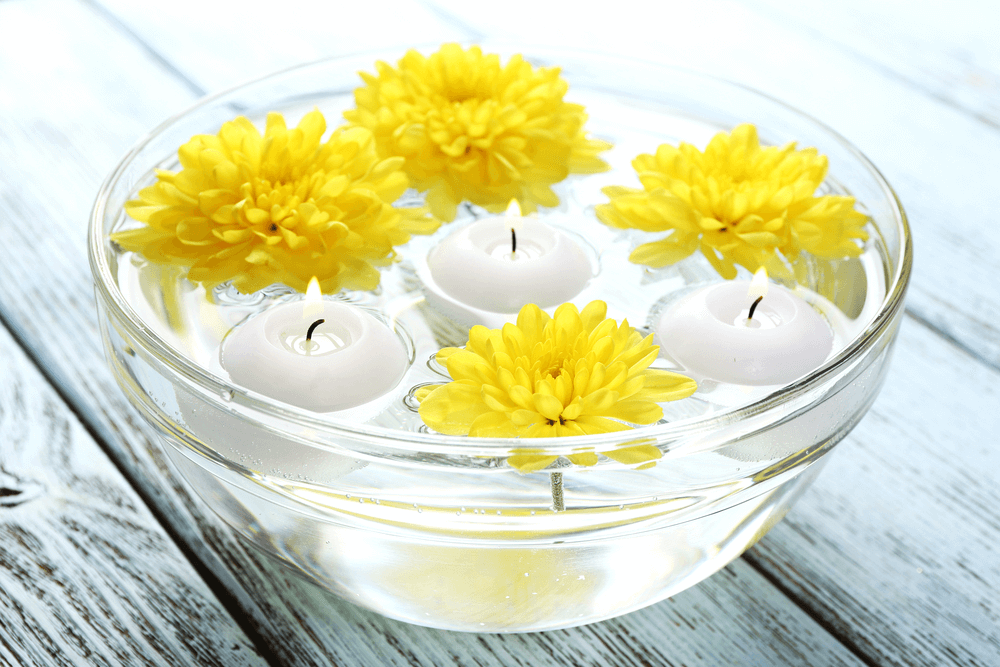Are you wondering, “Do I need special dye for candle making?” The answer is yes, and choosing the right dye is essential for achieving vibrant and stable colors in your candle creations.
In this blog post, we will explore the importance of selecting special dye for candle making and provide valuable insights into the different types of dyes available, factors to consider when choosing a dye, safety considerations, DIY dye options, and best practices for using special dye. Whether you’re a beginner or experienced candle maker, understanding the role of special dye in candle making is crucial for producing high-quality candles.
When it comes to creating beautiful candles, the type of dye you use can significantly impact the color vibrancy and stability of your final product. With various options such as liquid dyes, block dyes, and dye chips available in the market, it’s important to understand their pros and cons to make an informed decision. Additionally, we will delve into why special dye is necessary for candle making and discuss the specific qualities that set them apart from regular dyes.
In addition to exploring the different types of dyes and their specific requirements, we will also discuss essential factors to consider when choosing a dye for your candles. From the impact of fragrance oils and wax type on color retention to tips for selecting the right dye for different types of candles, this section will provide valuable insights into making informed decisions about your candle-making supplies.
Types of Dyes for Candle Making
When it comes to candle making, choosing the right dye is crucial for achieving the desired results. There are several types of dyes available in the market, each with its own unique properties and benefits. Liquid dyes are easy to use and blend well to create custom colors, while block dyes offer convenience and precision in measuring. Dye chips, on the other hand, provide consistency in color and are specifically formulated for use in candles.
One of the most common concerns for beginners is whether they need special dye for candle making. The answer is yes, specialized candle dyes are essential for creating high-quality candles with vibrant and stable colors. Regular dyes may not adhere properly to wax and can result in uneven coloring or fading over time. Specialized candle dyes are designed to disperse evenly in the wax, resulting in consistent coloring throughout the entire candle.
It’s important to consider factors such as fragrance oils, wax type, and candle style when choosing a dye for candle making. Certain fragrances may interact differently with specific dyes, affecting the final color of the candle. Additionally, different types of wax may require different concentrations or types of dye for optimal results.
For example, soy wax may require more dye than paraffin wax to achieve the same level of color intensity. Similarly, certain candle styles such as pillars or container candles may benefit from specific dye formulations to ensure even coloring. Therefore, it’s important to consider these factors when selecting a dye for your candle making projects.
| Types | Pros | Cons |
|---|---|---|
| Liquid Dyes | Easy to use and blend | Potential for staining if not handled carefully |
| Block Dyes | Convenient and precise measuring | Might require additional tools for accurate measurement |
| Dye Chips | Provide consistency in color | Limited color options compared to liquid or block dyes |
Why Special Dye Is Needed
When it comes to candle making, using special dye is essential to achieve the desired color vibrancy and stability in the final product. While some may wonder, “Do I need special dye for candle making?” the answer is a resounding yes. Special dyes are specifically formulated for use in candle making and offer qualities that regular dyes do not.
Special dyes are designed to withstand the high temperatures required for melting wax and maintain their color integrity throughout the entire candle-making process. This means that the colors will remain vibrant even after the candles have been burned, providing a visually appealing and long-lasting result. In addition, special dyes are often formulated to be compatible with different types of waxes and add an element of safety assurance that generic dyes may not provide.
Furthermore, special dye for candle making is necessary for achieving consistency in color across different batches of candles. This is especially important for those who create candles for sale or as gifts, as customers expect uniformity in the products they purchase. By using specialized dyes, candle makers can ensure that each batch of candles maintains the same high-quality color standard, leading to greater customer satisfaction and brand reputation.
Overall, while it may seem tempting to use regular dye for candle making, the unique qualities and performance benefits offered by special dye make it a crucial component in creating top-quality candles. From color stability to consistency across batches, choosing specialized dyes ensures that your candles will stand out with vibrant and long-lasting hues that exceed expectations.
Factors to Consider When Choosing Dye
When it comes to choosing the right dye for candle making, there are several factors that you need to consider in order to achieve the desired results. Whether you are making candles for personal use or as part of a business venture, the type of dye you use can have a significant impact on the final product. Here are some important factors to keep in mind when selecting dye for your candle making endeavors:
1. Fragrance Oils: The type of fragrance oils used in your candles can influence the color outcome when using dyes. Some fragrance oils may affect the way the dye disperses within the wax, resulting in unexpected color variations. It’s essential to test different combinations of fragrance oils and dyes to ensure that they work well together and produce the intended colors.
2. Wax Type: Different types of waxes, such as soy wax, paraffin wax, or beeswax, have varying absorption rates for dyes. It’s important to select dyes that are specifically formulated for the type of wax you are using to achieve optimal color saturation and vibrancy.
3. Candle Style: The style of candle you are creating will also play a role in determining the type of dye you should use. For example, if you are making container candles, you may require different dyes compared to making taper candles or pillar candles. Consideration should also be given to whether the candles are intended for indoor or outdoor use, as this can affect the choice of dye for stability and longevity.
By considering these factors when choosing dye for your candle making projects, you can ensure that your final products will exhibit consistent and vibrant colors while meeting your specific requirements.
Safety and Environmental Considerations
When it comes to candle making, safety and environmental considerations should be top of mind. Using the right dye is not only important for achieving the perfect color in your candles, but also for ensuring that you are creating products that are safe for both consumers and the environment.
Potential Hazards of Regular Dye
Using regular dye in candle making can pose several risks. For example, some synthetic dyes may release harmful toxins when burned, which can be detrimental to indoor air quality. Additionally, certain dyes may produce soot or emit chemicals that could lead to respiratory issues when inhaled. It is essential to prioritize the use of specially formulated candle dyes to avoid these potential hazards.
Impact of Synthetic Dyes on the Environment
Another important factor to consider when choosing a dye for candle making is its impact on the environment. Synthetic dyes often contain harsh chemicals that can be damaging to ecosystems and aquatic life when they are washed down the drain during the candle-making process. Opting for natural or eco-friendly dye options can help reduce this environmental impact and make your candle making practices more sustainable.
DIY Dye Options
When it comes to making candles, many people wonder if they need special dye for the process. The truth is that using special dye for candle making can make a significant difference in the quality and appearance of the final product. While there are some DIY options available for those looking to avoid synthetic dyes, it’s important to understand the benefits of using special dye and why it is often the best choice for candle making.
One of the main reasons why special dye is needed for candle making is color vibrancy and stability. Special dyes are formulated specifically for use in wax, ensuring that they produce vibrant and long-lasting colors in candles. This is particularly important for those who want their candles to make a strong visual impact or who plan to sell their creations. Using regular dye may result in dull, faded colors that don’t meet expectations.
Another reason to consider using special dye for candle making is the overall quality of the finished product. Special dyes are designed to work seamlessly with various types of wax and fragrance oils, ensuring that the color distribution is consistent throughout the candle. Additionally, specialized dyes are less likely to cause issues such as wax discoloration or uneven coloring, giving makers greater control over their final products.
For those who prefer natural alternatives, there are DIY options available for creating custom colors at home. Common ingredients such as beet powder, turmeric, or even coffee grounds can be used to add color to candles without relying on synthetic dyes.
While these options may not offer the same level of vibrancy as special dyes, they provide an opportunity for environmentally-conscious makers to explore more natural methods of coloring their candles. Ultimately, understanding the importance of choosing the right dye will help creators achieve their desired results and enhance the overall quality of their candle-making process.
Best Practices for Using Special Dye
Candle making is an art that requires attention to detail, including the type of dye used. When it comes to creating beautiful and vibrant candles, special dye is essential. Special dye is formulated specifically for candle making and offers benefits that regular dyes may not provide. In this section, we will discuss the best practices for using special dye in candle making, ensuring that you achieve consistent and vibrant colors in your candles.
Proper Techniques for Incorporating Dye
When using special dye in candle making, it’s essential to follow the proper techniques for incorporating the dye into the wax. One common method is to use a double boiler to melt the wax and then add the appropriate amount of dye.
It’s important to mix the dye thoroughly into the melted wax to ensure even distribution of color throughout the candle. Additionally, following manufacturer’s instructions on how much dye to use based on the amount of wax you are using is crucial for achieving consistent results.
Tips for Achieving Vibrant Colors
To achieve vibrant colors in your candles, it’s important to use high-quality special dye that is designed specifically for candle making. Special dyes are formulated to create intense and long-lasting color when added to wax.
Another tip for achieving vibrant colors is to use white or light-colored wax as a base, as it allows the true color of the dye to shine through. Additionally, experimenting with different color combinations and layering techniques can also help create visually stunning candles.
Using Special Dye Responsibly
Special dyes are often more concentrated than regular dyes, so it’s important to handle them responsibly. Be sure to wear gloves and work in a well-ventilated area when handling special dyes. It’s also crucial to keep special dyes away from children and pets, as they can be harmful if ingested or come into contact with skin or eyes. By using special dye responsibly, you can ensure both your safety and the quality of your candle creations.
Conclusion
In conclusion, the importance of choosing the right dye for candle making cannot be understated. Special dyes are necessary to ensure that candles have vibrant, stable colors and are safe for use. With the various types of dyes available, including liquid dyes, block dyes, and dye chips, it is essential to consider factors such as fragrance oils, wax type, and candle style when selecting the right dye for your project.
Using regular non-specialized dye for candle making can pose safety hazards and have a negative impact on the environment. Synthetic dyes may contain harmful chemicals that could release toxins when burned, and their production may contribute to environmental pollution. It’s crucial to consider these factors when choosing a dye for candle making.
For those looking to avoid synthetic dyes altogether, there are DIY options such as natural alternatives and creating custom colors at home. By exploring these alternative methods, candle makers can prioritize both the quality and environmental impact of their dye choices. In this way, they can create beautiful candles that are not only visually appealing but also safe and eco-friendly. So remember – when it comes to candle making, choosing special dye matters.
Frequently Asked Questions
Can You Use Any Dye for Candles?
Yes, you can use dye specifically made for candle making to color your candles. It’s important to use dyes that are specifically designed for candles, as they are formulated to withstand the heat of the wax and not affect the burning properties of the candle.
Can I Use Rit Dye in Candle Making?
Yes, Rit Dye can be used in candle making, but it’s important to note that Rit Dye is not specifically formulated for candles. While it may work in some cases, it’s best to use dyes that are specifically made for candles to ensure the best results and safety.
Are Dyes Toxic for Candles?
Many dyes used in candle making are non-toxic and safe for use in candles. However, it’s essential to always check the safety information and guidelines provided by the manufacturer of the dye you are using.
Some dyes may contain toxic ingredients or produce harmful fumes when burned, so it’s crucial to use dyes that are labeled as safe for candle making.

Welcome to my candle making blog! In this blog, I will be sharing my tips and tricks for making candles. I will also be sharing some of my favorite recipes.

